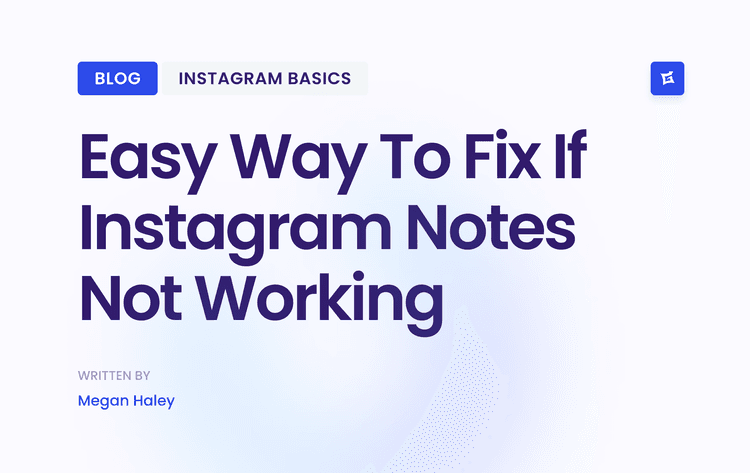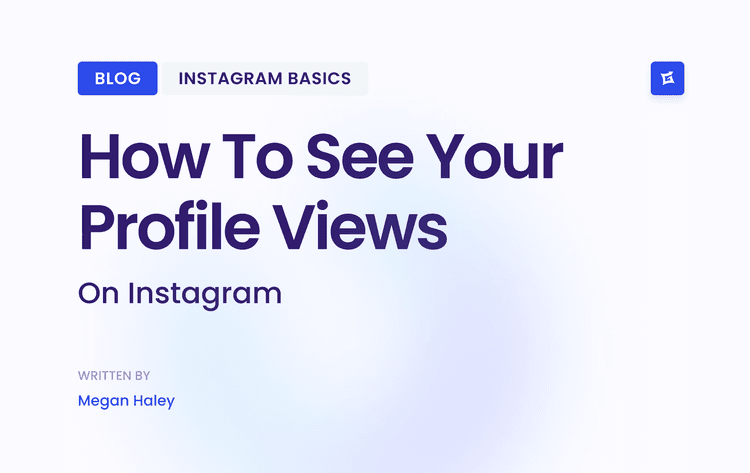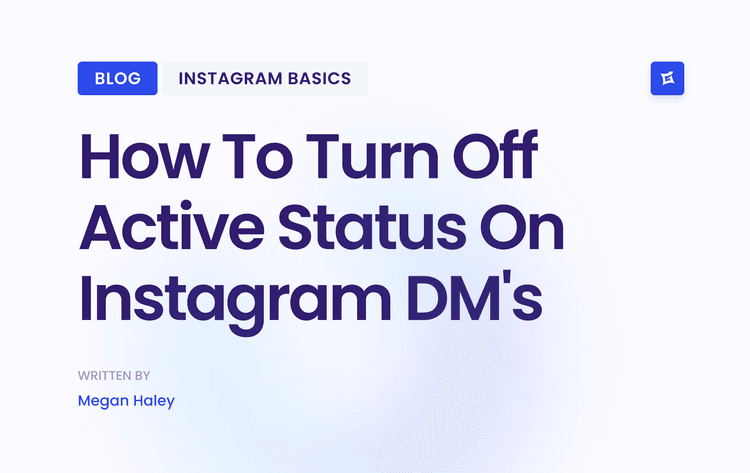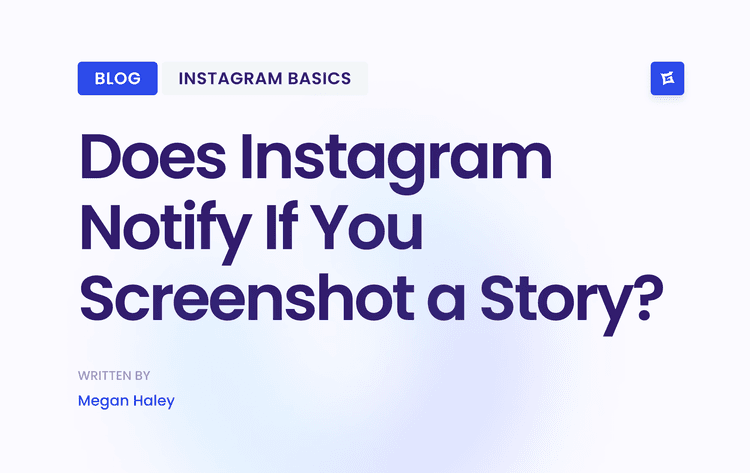Ready to Boost Your Instagram Game in 2025?
1. Peak Hours Posting Strategy
Finding the best time to post on Instagram can significantly impact your reach and engagement. The Peak Hours Posting Strategy is a foundational approach that leverages general peak activity times on the platform to maximize visibility. This strategy focuses on posting when most Instagram users are online and actively engaging with content. Research suggests these peak times typically fall between 6-9 AM and 7-9 PM in most time zones. These windows align with common user behavior: people often check social media during their morning commute or while relaxing in the evening.

This strategy is particularly effective for businesses using Instagram during weekdays. By targeting these commuter and evening leisure periods, businesses can reach a larger audience, potentially leading to higher impressions and increased engagement. For example, Nike frequently posts around 8 AM EST to capture the attention of morning commuters, while Starbucks often posts around 7 AM, aligning with the morning coffee ritual. In the evening, brands like Netflix might release trailers around 8 PM when people are deciding on their evening entertainment. These brands strategically leverage peak hours to maximize their content's visibility and relevance.
The Peak Hours Posting Strategy is relatively easy to implement and remember, making it a good starting point, especially for those new to Instagram marketing. It works well for reaching broad, general audiences and offers the potential for high reach due to increased user activity. This can translate into more immediate engagement, with likes, comments, and shares happening shortly after posting.
However, this strategy isn’t without its drawbacks. The high user activity during peak hours also means increased competition. Many other creators and businesses are vying for attention during the same time slots, which can lead to your content getting lost in the crowded feed. Additionally, the generic nature of this approach means it may not align with the specific demographics or behaviors of your niche audience. For example, if your target audience is primarily located in a different time zone, posting during global peak hours might not be effective. Furthermore, relying solely on global peak times ignores nuanced audience behavior. Perhaps your target audience is most active during their lunch break or late at night.
To make the most of the Peak Hours Posting Strategy, consider these actionable tips:
Test and Refine: Don’t assume the global peak times will automatically work for your audience. Experiment with posting during both the morning (6-9 AM) and evening (7-9 PM) slots to determine which performs better.
Geographic Targeting: Adjust the timing based on your primary geographic market. If your audience is concentrated in a specific region, tailor your posting schedule to their local time zone.
Monitor and Analyze: Closely monitor your engagement rates (likes, comments, shares, saves) during these peak windows for at least 2-3 weeks to gather meaningful data. Use Instagram Insights to track your performance.
Consider Time Zones: If you have a geographically diverse audience, factor in multiple time zones. You might consider staggering your posts to cater to different regions.
Broaden Your Strategy: While peak hours are a great starting point, consider exploring other strategies to refine your posting schedule further. Knowing the optimal posting times for your target audience is crucial for maximizing engagement. For a comprehensive guide on this topic, check out this helpful resource: the best time to post on social media in 2025. This article offers valuable insights from ClipCreator.ai on optimizing your social media posting strategy for 2025.
While the Peak Hours Posting Strategy provides a solid foundation for reaching a broad audience during periods of high activity, remember that finding the absolute best time to post on Instagram requires ongoing experimentation, analysis, and a deep understanding of your specific audience's behavior. Don't be afraid to adapt and refine your strategy as your audience grows and evolves.
2. Audience-Specific Analytics Strategy
Finding the best time to post on Instagram isn't a one-size-fits-all endeavor. While general guidelines can offer a starting point, the most effective approach relies on understanding your specific audience. The Audience-Specific Analytics Strategy champions this personalized approach, leveraging data to pinpoint the exact moments when your followers are most active and receptive to your content. This data-driven method moves beyond generic advice and empowers you to create a customized posting schedule that maximizes engagement and reach. This strategy is crucial for anyone serious about optimizing their Instagram status, making it a critical component of any successful Instagram strategy and deserving of its place on this list.
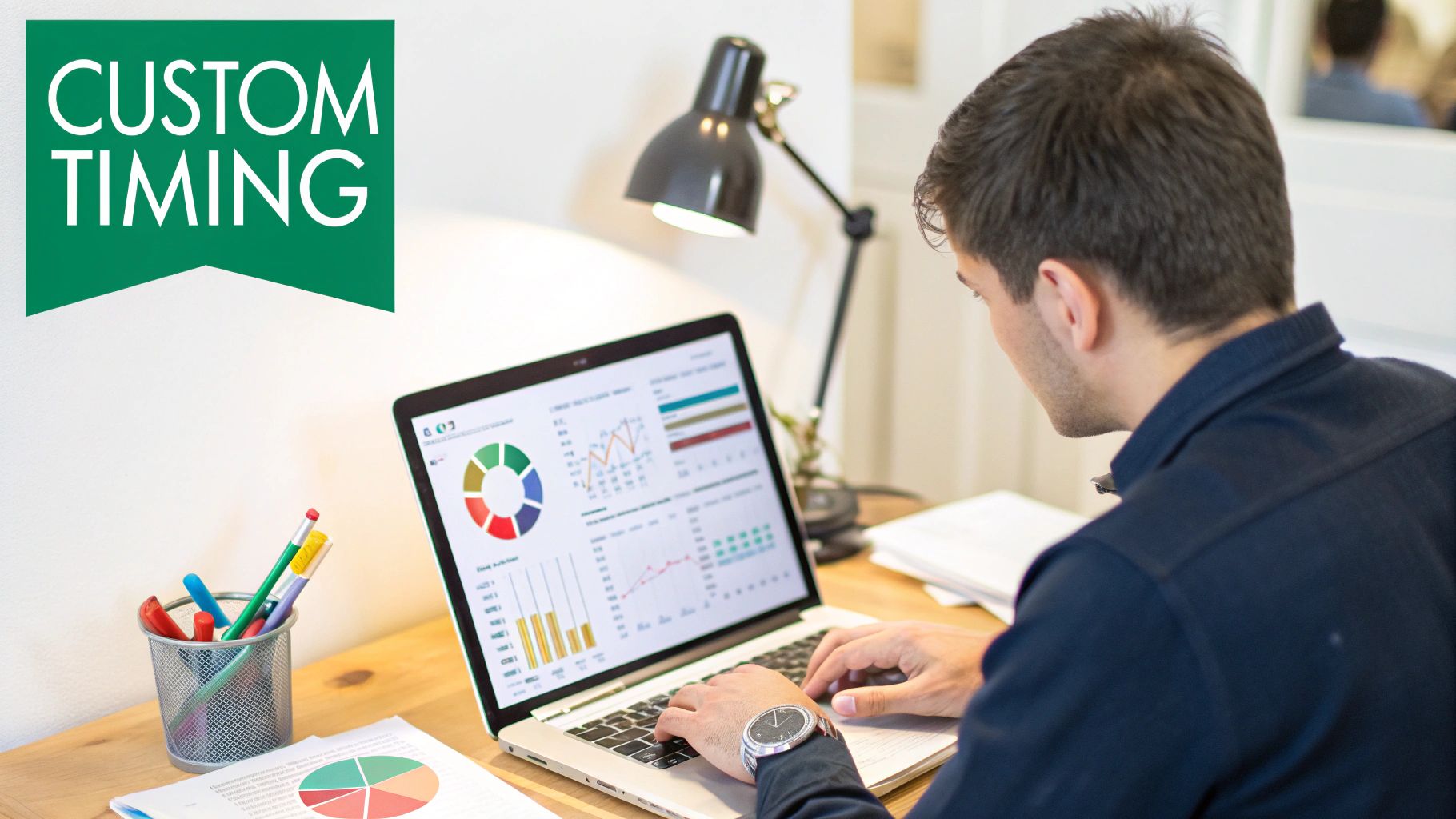
This strategy hinges on collecting and analyzing data about your audience's online behavior. It utilizes the built-in Instagram Insights feature as its primary data source, providing valuable information on follower demographics and activity patterns. By accessing your Insights, you can see the days and times when your followers are most active on the platform. This data forms the foundation of your personalized posting schedule, ensuring your content is delivered when your audience is most likely to see and engage with it.
Furthermore, this strategy often incorporates third-party analytics tools to gain even deeper insights. These tools can offer more granular data, such as audience interests, location-based activity, and engagement metrics beyond the basic Instagram Insights. This comprehensive data analysis allows for continuous optimization of your posting schedule, adapting to changes in your audience's behavior and maximizing your reach over time.
The power of this personalized approach is evident in its practical application. For example, beauty brand Glossier leverages audience insights to schedule its content around the peak activity times of its core demographic (females aged 18-34), often focusing on weekends. Similarly, entrepreneur Gary Vaynerchuk analyzes his audience data to determine when his entrepreneurial followers are most likely to engage with business-related content, often posting during business hours. Fitness influencer Kayla Itsines strategically posts workout content when her audience is most likely to be exercising, maximizing the relevance and impact of her posts. These examples highlight how tailoring your posting schedule to your specific audience can significantly boost engagement and reach.
Actionable Tips for Implementing the Audience-Specific Analytics Strategy:
Regularly Review Instagram Insights: Check your Insights at least weekly to track evolving audience activity patterns. Look for trends in peak activity days and times.
Spreadsheet Analysis: Export your Insights data to a spreadsheet for deeper analysis. This allows you to visualize trends and identify patterns more easily.
A/B Testing within Peak Windows: Even within your peak activity windows, experiment with different posting times to refine your schedule further. A/B testing helps pinpoint the optimal moments for maximum engagement.
Consider Seasonal Changes: Audience behavior can shift with seasons and holidays. Adjust your posting schedule accordingly to maintain optimal reach.
Utilize Third-Party Tools: Consider using social media management tools like Hootsuite, Buffer, or Later, which offer more advanced analytics and scheduling features.
Pros and Cons of the Audience-Specific Analytics Strategy:
Pros:
Highly Personalized: Tailored to your unique audience for maximum impact.
Data-Driven Decisions: Eliminates guesswork and promotes informed decisions.
Continuous Optimization: Adapts to audience changes for ongoing improvement.
Higher Engagement Rates: Increased visibility and interaction due to precise targeting.
Cons:
Requires Consistent Effort: Data collection and analysis require ongoing commitment.
Limited Data for New Accounts: May be less effective for accounts with limited follower data.
Time Investment: Implementing and maintaining the strategy requires time and effort.
Audience Fluctuations: Audience patterns can change, necessitating regular updates.
The Audience-Specific Analytics Strategy is particularly beneficial for influencers seeking organic growth, small businesses and startups looking to establish an identity, brands aiming to boost social media engagement, content creators across various niches, and marketing agencies and professionals managing multiple accounts. While it requires a dedicated approach to data analysis, the potential for increased engagement and reach makes it a highly valuable strategy for anyone seeking to optimize their Instagram performance and find the absolute best time to post on Instagram. This method, popularized by social media experts like Mari Smith and analytics-focused influencers like Neal Schaffer, has become a cornerstone of successful Instagram strategies.
3. Industry-Specific Timing Strategy
Finding the best time to post on Instagram isn't a one-size-fits-all endeavor. While general guidelines can be helpful, maximizing your reach and engagement often requires a more nuanced approach. This is where an industry-specific timing strategy comes into play, offering a tailored approach that caters to the unique rhythms and habits of your target audience. This strategy recognizes that different industries have distinct peak engagement periods, dictated by their demographics' lifestyles, work schedules, and content consumption habits. If you're serious about optimizing your Instagram visibility, understanding and implementing this method is crucial for achieving your social media goals and finding the absolute best time to post on Instagram for your audience.
This strategy works by aligning your posting schedule with the times when your target audience is most likely to be active and receptive to your content. Instead of relying on generic advice, it delves into the specifics of your industry vertical. For example, consider the difference between a B2B software company and a fitness apparel brand. The former might find success posting during business hours when decision-makers are active online, while the latter might see better engagement early morning or after work when people are focused on their fitness routines. This method acknowledges that a blanket approach to Instagram timing simply won't yield optimal results.
The core of this strategy lies in recognizing and incorporating the following features:
Customized timing based on industry vertical: This means tailoring your posting schedule to the specific norms and patterns of your industry.
Consideration of target demographic work and lifestyle patterns: Understanding when your audience is most likely to be online and engaged, based on their daily routines.
Incorporation of industry-specific content consumption habits: Recognizing how and when your audience consumes content related to your industry.
Adaptation to professional vs. consumer-focused content: Adjusting your timing based on whether your content targets businesses or individual consumers.
Implementing an industry-specific timing strategy offers several advantages:
Highly relevant to the target audience lifestyle: By posting when your audience is most active, you increase the chances of your content being seen and engaged with.
Reduces competition from unrelated industries: Focusing your posting efforts during peak times for your industry reduces the noise from unrelated content.
Aligns with the audience's decision-making times: This is especially important for businesses, as it allows you to reach potential customers when they are most likely to make purchasing decisions.
Increases conversion potential for business goals: By reaching the right audience at the right time, you improve the chances of converting followers into customers.
However, this approach also has potential drawbacks:
May limit reach outside core demographic: Focusing solely on industry-specific times might limit your exposure to a broader audience.
Requires deep understanding of industry patterns: Effective implementation requires thorough research and analysis of your target market and industry trends.
Less flexibility for diverse content types: If your content spans multiple topics or appeals to various demographics, a rigid industry-specific schedule might not be ideal.
Industry norms may not apply to all sub-niches: Generalized industry trends might not accurately reflect the behavior of specific sub-niches within your industry.
To illustrate the effectiveness of this strategy, consider the following examples of successful implementation:
B2B companies like HubSpot often post during business hours (9 AM-5 PM) on weekdays, targeting professionals when they are most likely to be active on LinkedIn and other business-oriented platforms.
Fitness brands often post early morning (5-7 AM) or late afternoon/early evening (5-7 PM) to catch people before or after their workouts, capitalizing on peak motivation times.
Food brands often post around meal times (11 AM-1 PM, 5-7 PM), enticing viewers with delicious visuals when they are thinking about food.
Fashion brands often post during lunch breaks and evening hours, capturing attention when people are browsing lifestyle content and considering purchases.
If you're ready to leverage an industry-specific timing strategy to find the best time to post on Instagram for your brand, follow these actionable tips:
Research your industry's customer journey and decision-making times: Understand how your target audience interacts with your industry and when they are most likely to make purchasing decisions.
Survey your audience about their daily routines and social media habits: Gather first-hand information about when your followers are most active online.
Monitor competitors' posting schedules and engagement rates: Analyze what works for others in your industry and identify potential opportunities.
Test industry-recommended times against your data: Experiment with different posting times and track your engagement metrics to determine what resonates best with your audience.
Adjust for seasonal changes in industry behavior: Recognize that consumer behavior and online activity can fluctuate based on seasonal trends and events.
This approach has been popularized by industry marketing associations and vertical-specific marketing consultants, such as Amy Porterfield, for online businesses. They understand the power of tailoring your social media strategy to the specific nuances of your industry. By understanding and implementing these principles, you can significantly improve your Instagram performance and achieve your social media marketing goals.
4. Geographic Time Zone Optimization
Finding the best time to post on Instagram isn't a one-size-fits-all solution. While general guidelines exist, maximizing your reach and engagement often requires a more nuanced approach, especially when your audience is concentrated in specific geographic locations. This is where geographic time zone optimization comes into play. This strategy involves tailoring your posting schedule to align with the optimal times for your primary geographic audience, factoring in time zones, local culture, and regional social media usage patterns. It’s particularly crucial for location-based businesses or region-specific content creators aiming to connect with their local community effectively.

Instead of aiming for a single “best time” that may only suit a small segment of your audience, geographic time zone optimization acknowledges that your followers live in different parts of the world and experience their days differently. By understanding these regional nuances, you can strategically schedule your posts to appear when your target audience is most active online, increasing the likelihood of your content being seen, liked, and shared. This method moves beyond simply posting when you are available and focuses on when your audience is most receptive.
For example, an Australian fitness brand might find that posting at 7 AM AEST perfectly captures the morning workout crowd in Sydney and Melbourne, encouraging engagement and driving traffic to their online store. Meanwhile, a New York City restaurant might find that 11:30 AM EST is ideal for showcasing lunch specials, tempting local office workers and residents. A London-based fashion blogger could opt for 1 PM GMT, coinciding with lunchtime browsing habits, while a California wellness brand might find success at 6 AM PST, catering to those seeking morning routine inspiration.
The benefits of this localized approach are numerous. First, it maximizes relevance for your local audiences. By posting when they are most active, you ensure your content is seen by the people most likely to be interested in it. This, in turn, reduces competition from global content during local peak times. Instead of vying for attention in a crowded global feed, you are targeting a more focused, engaged audience. This allows for real-time engagement with your local community, fostering a stronger connection and building brand loyalty. For location-based businesses, this can directly translate into increased foot traffic, sales, and overall business growth.
However, geographic time zone optimization also presents some challenges. It can limit global reach potential if your brand also targets a wider international audience. Implementing this strategy effectively often requires understanding multiple regional patterns for broader reach, which can be time-consuming. It may also conflict with the creator's schedule, particularly if managing multiple time zones. Finally, this approach is less effective for globally-focused content where the audience is evenly distributed across different regions.
Despite these potential drawbacks, the advantages of geographic time zone optimization often outweigh the challenges, especially for businesses and creators with a strong local focus. By strategically targeting your audience based on their location and habits, you can significantly improve your Instagram performance and build a stronger connection with your community.
To implement this strategy effectively, consider the following tips:
Use Instagram Insights: Your analytics dashboard is a goldmine of information. Identify your audience’s top geographic locations to prioritize your optimization efforts.
Research local social media usage patterns: Go beyond basic time zone conversions. Research when people in your target regions are most active on social media.
Consider cultural differences: Daily routines and social media habits vary significantly across cultures. Factor in local holidays, work schedules, and social customs.
Use scheduling tools: Several social media management tools allow you to schedule posts across multiple time zones, simplifying the process.
Test and refine: Even within the same time zone, different posting times can yield different results. Experiment and analyze your results to find what works best for each region.
By understanding the nuances of your audience's location and leveraging the power of geographic time zone optimization, you can move beyond general posting advice and truly connect with your target audience on a deeper, more effective level, optimizing your Instagram strategy for maximum impact and organic growth. This focused approach, tailored to the specific needs and habits of your local audience, deserves a prominent place in any list of best practices for posting on Instagram.
5. Content-Type Specific Timing
Finding the best time to post on Instagram isn't a one-size-fits-all solution. While general guidelines exist, a truly sophisticated approach recognizes that different types of content resonate better at different times. This is where content-type-specific timing comes into play, a strategy that deserves its place on this list for its potential to significantly boost engagement and reach. This method involves creating separate posting schedules for various content formats like Stories, Reels, carousel posts, and IGTV, based on when your target audience is most receptive to each.
This approach acknowledges that audience mindset and consumption patterns vary throughout the day. For example, users might be more inclined to watch entertaining Reels during their evening leisure time, while they might prefer browsing through informative carousel posts during their lunch break or commute. By tailoring your posting schedule to these patterns, you optimize the chances of your content being seen and engaged with.
Features of this method include:
Different schedules for different formats: Stories, Reels, standard posts, and IGTV each have their own optimized posting windows.
Considers audience mindset: Recognizes how audience receptiveness changes based on time of day and content format.
Optimizes based on engagement patterns: Tracks performance and adapts timing based on actual engagement data.
Adapts timing to content purpose: Aligns posting times with the content's call-to-action and intended impact.
Pros:
Maximizes engagement for each content type by targeting optimal consumption times.
Recognizes different audience consumption patterns, leading to better targeting.
Allows for more strategic content distribution and a diversified content strategy.
Can improve overall account performance across all formats by maximizing reach and engagement.
Cons:
Complex to manage and track multiple schedules, requiring organizational skills.
Requires extensive testing and data collection to identify optimal posting times.
May lead to over-posting if not carefully managed, potentially overwhelming followers.
Time-intensive to optimize each content type separately, demanding more effort.
Examples of Successful Implementation:
A fashion brand like Fashion Nova might post Reels showcasing new outfits during evening entertainment hours (7-9 PM) when users are relaxing and more open to visual content. However, they might post product photos with direct shopping links during lunch browsing hours (12-1 PM) when people are more likely to make purchases.
A food blog like Tasty might post recipe videos during meal planning times (weekdays around 5-7 PM) but share engaging behind-the-scenes Stories during active cooking hours (weekends around 12-2 PM).
Tech reviewers might post detailed carousel reviews of new gadgets during commute times (7-9 AM and 5-7 PM) when users are looking for informative content. They could then post quick Stories with first impressions or updates during break periods (10-11 AM and 3-4 PM).
Tips for Implementing Content-Type Specific Timing:
Track engagement rates separately for each content type: Use Instagram Insights to analyze performance and identify trends.
Consider the audience's mindset: Think about what your audience is doing and how they are feeling at different times of day.
Test educational content during focused browsing times: Share informative posts during work breaks or commute hours.
Test entertainment content during leisure hours: Post engaging Reels or Stories in the evenings or on weekends.
Use Instagram Insights to analyze performance by content type: Identify peak engagement times for each format.
Create a content calendar that maps content types to optimal times: Plan and schedule your content in advance for maximum efficiency.
This strategy has been popularized by multi-format content creators like Gary Vaynerchuk and Instagram marketing experts like Jenna Kutcher, highlighting its effectiveness in a competitive landscape.
The following infographic visualizes a simplified decision tree for choosing the best posting time based on content format:

This decision tree provides a starting point for determining optimal posting times for Stories, Carousel Posts, and Reels. The infographic highlights suggested times for different formats: Stories at 8-9 AM, Carousel Posts at 12-1 PM, and Reels at 7-9 PM. These times are examples and should be further refined based on your specific audience and content.
By understanding your audience and using data-driven insights, content-type-specific timing can be a powerful tool to maximize your Instagram followers and achieve your marketing goals, making it a crucial strategy for anyone serious about succeeding on the platform. Remember that these are starting points, and consistent testing and analysis are key to truly optimizing your posting schedule.
6. Consistent Daily Posting Strategy
Finding the best time to post on Instagram often feels like searching for the Holy Grail of social media marketing. While optimizing for peak engagement windows can be beneficial, there's another powerful approach that deserves a spot on this list: the Consistent Daily Posting Strategy. This strategy prioritizes regular, predictable posting over trying to pinpoint the absolute "best" time, arguing that building a habit and expectation within your audience can be even more valuable than sporadic posts at supposedly optimal times. If you're aiming to build a loyal following and establish a strong visibility on Instagram, understanding this approach is crucial for determining the best time to post on Instagram for your specific needs.
This method operates on the principle of conditioning. By posting at the same time every day, you train your audience to anticipate your content. They know when to expect you, and this predictability fosters a sense of routine and connection. This is especially important in today's crowded digital landscape, where capturing and retaining attention is more challenging than ever. Rather than chasing fleeting moments of high engagement, this strategy focuses on building a sustainable, long-term relationship with your followers. So, while it might not always align with the statistically best time to post on Instagram based on overall user activity, it creates a "best time" specifically for your audience to connect with your content.
This consistent rhythm benefits not only your audience but also you, the creator. Instead of constantly agonizing over the best time to post on Instagram, you establish a fixed schedule, freeing up mental energy for content creation and other aspects of your strategy. It reduces decision fatigue and allows you to streamline your workflow. Furthermore, the consistent activity can signal to the Instagram algorithm that you're a reliable source of content, potentially boosting your visibility. It's important to note here, although we're focusing on daily posting, the core principle of consistency applies to any regular posting schedule, whether it's three times a week or even weekly. The key is predictability.
Many successful creators and brands have leveraged this strategy. Think of James Clear, who posts writing tips every Tuesday at 10 AM EST, building anticipation among his readers. Or consider Humans of New York, known for their daily stories posted at 2 PM EST, creating a daily ritual for their followers. Countless daily motivational accounts post inspiration at 6 AM to kickstart their followers' days. These examples highlight the power of consistent posting in building a dedicated audience. They've found their best time to post on Instagram not by analyzing generic data, but by creating a consistent appointment with their audience.
So, how can you implement this strategy effectively?
Choose a Realistic Time: Select a posting time you can maintain consistently in the long run. Don't choose 5 AM if you're not a morning person! Consistency is key.
Communicate Your Schedule: Let your audience know when they can expect your content. Promote your posting schedule in your bio, stories, and posts.
Utilize Scheduling Tools: Leverage scheduling tools like Later, Buffer, or Hootsuite to maintain consistency even when you're unavailable.
Align with Content Purpose: Consider when your content is most relevant. Motivational content might perform well in the morning, while entertainment-focused content might be better suited for the evening.
Build Your Brand Around Reliability: Make your consistent posting schedule a part of your brand identity. Become known for your reliability and predictability.
While this Consistent Daily Posting Strategy offers significant advantages, it’s important to acknowledge the potential drawbacks. It may mean missing out on peak engagement windows that vary across different days. It’s also less flexible for spontaneous or timely content. Additionally, a fixed schedule doesn't account for the diverse availability of your audience across different time zones. Finally, it might not always maximize reach potential compared to optimizing for specific engagement windows.
However, the benefits of building strong audience habits and expectations, easing the burden of constantly figuring out the best time to post on Instagram, and fostering a loyal community often outweigh these potential limitations. The Consistent Daily Posting Strategy offers a powerful alternative to the constant pursuit of the elusive "perfect" posting time, demonstrating that predictable, reliable content can be the best time to post on Instagram for cultivating a thriving online community.
7. Multi-Post Optimization Strategy
Finding the best time to post on Instagram can feel like searching for a hidden treasure. While general guidelines exist, your ideal posting window depends heavily on your specific audience and content. That's where the Multi-Post Optimization Strategy comes into play. This advanced tactic helps you discover the optimal posting times for your audience by strategically posting the same or similar content at different times throughout the day. By analyzing the performance of each post, you gain valuable data-driven insights into when your audience is most active and receptive to your content. This allows you to refine your posting schedule for maximum reach and engagement, ultimately boosting your Instagram followers. This strategy is particularly effective for those serious about optimizing their organic reach and deserves its place on this list because it moves beyond general advice and provides a personalized approach to finding the best time to post.
This method leverages the way Instagram's algorithm works. When you post something, the algorithm initially shows it to a small segment of your followers. Based on the engagement this initial group generates (likes, comments, shares, saves), the algorithm determines whether to push the content to a wider audience. By posting the same content multiple times, you’re essentially conducting multiple tests simultaneously, allowing the algorithm to reveal which time slots generate the most engagement from different segments of your followers.
Think of it like casting a wider net. You’re not just hoping to catch the fish that are active at one specific time; you're casting at different times of day to catch different schools of fish, maximizing your overall haul. This is especially valuable for accounts with a globally dispersed audience, spanning multiple time zones.
Here are some real-world examples of how this strategy is successfully implemented:
BuzzFeed: They might post the same engaging quiz at 9 AM, 1 PM, and 7 PM, catering to audiences in different time zones and with varying work/school schedules. Each post might resonate with a different segment of their followers, leading to higher overall engagement than posting only once.
News Outlets: Breaking news needs to be seen by as many people as possible. News outlets frequently post updates about significant events multiple times to ensure maximum visibility as people check their feeds throughout the day.
Motivational Quote Accounts: These accounts often repost the same quote with different visual treatments or captions throughout the day. This allows them to capture different audience segments and keeps the content fresh, even if the core message remains the same.
Implementing the Multi-Post Optimization Strategy effectively requires thoughtful planning and execution. Here are some actionable tips to help you succeed:
Vary the Format: Don’t just post the same thing repeatedly. Try different image crops, video edits, or carousel arrangements. Even slight variations can make the content feel fresh.
Space Out Your Posts: Posting the same content too close together can annoy your followers and be perceived as spam. Aim for at least 4-6 hours between posts.
Craft Unique Captions: Even with the same visual, a different caption can completely change the context and appeal to a different audience segment. Ask a question, tell a story, or offer a different perspective.
Track Your Results: Pay close attention to which time slots generate the most saves, shares, and comments. This data will inform your future posting strategy.
Leverage Instagram Stories: Consider resharing your feed posts in your Stories at different times throughout the day. This is a less intrusive way to resurface your content and reach different segments of your audience.
While this strategy offers significant benefits like maximized reach and valuable data on optimal posting times, it also comes with potential drawbacks. The risk of audience fatigue is real if not executed carefully. Repurposing content thoughtfully and strategically varying the presentation is crucial to avoid appearing spammy. Additionally, this method requires more effort in terms of content creation, scheduling, and analysis.
The Multi-Post Optimization Strategy is a powerful tool for those committed to maximizing their organic reach on Instagram. By understanding how it works, implementing it strategically, and analyzing the results, you can significantly improve your engagement and grow your audience over time. Remember that consistency and adaptation are key – keep testing, refining, and optimizing your approach to stay ahead of the curve and connect with your target audience effectively.
8. Real-Time Social Listening Strategy
While general guidelines for the best time to post on Instagram can be helpful, a truly dynamic and responsive approach lies in real-time social listening. This strategy, number eight on our list of best times to post, goes beyond static schedules and focuses on understanding when your specific audience is most active on the platform right now. It’s about capitalizing on current trends and conversations to maximize your reach and engagement. This makes it an invaluable tool for anyone seeking the absolute best time to connect with their followers, making it a deserved entry on this list. This approach is particularly relevant in today's fast-paced social media landscape, where trends emerge and disappear quickly. If you're aiming to optimize your Instagram posting strategy for maximum impact, understanding and implementing real-time social listening is crucial.
So, how does it work? Real-time social listening involves continuously monitoring social media conversations and activities related to your brand, industry, or target audience. It requires using specialized social listening tools that track mentions, hashtags, and trending topics in real-time. This data provides insights into what your audience is discussing, what’s capturing their attention, and crucially, when they are most engaged. By analyzing these real-time engagement patterns, you can dynamically adjust your posting schedule to coincide with these peak activity periods. Instead of adhering to a pre-determined schedule, you're posting when your audience is already online and actively participating in conversations relevant to your brand.
This approach differs significantly from simply scheduling posts for a specific time of day. Instead of guessing when your audience might be online, you’re using data to pinpoint when they are. This responsiveness allows you to insert your brand into relevant conversations organically, increasing the likelihood of your content being seen, liked, and shared.
The benefits of this real-time strategy are numerous. It allows you to:
Highly responsive to current audience behavior: Adapt your posting schedule based on live data, ensuring your content reaches the maximum number of engaged followers.
Capitalize on trending topics and viral moments: Leverage trending hashtags and participate in viral conversations to expand your reach and gain new followers.
Adapt to seasonal and event-driven changes: Adjust your strategy based on real-time events and seasonal shifts in audience behavior.
Maximize engagement during peak activity periods: Post when your audience is most active, leading to higher engagement rates on your posts.
Several successful examples highlight the power of real-time social listening. Oreo’s iconic "Dunk in the Dark" tweet during the 2013 Super Bowl blackout is a prime example. Their quick wit and responsiveness during an unexpected event generated massive engagement and cemented their status as real-time marketing pioneers. Similarly, brands like Wendy's have built their social media account on witty and timely responses to trending topics and viral moments, effectively using real-time listening to engage their audience. These examples demonstrate how capitalizing on real-time events can significantly amplify brand visibility and engagement.
However, this strategy isn't without its challenges:
Requires constant monitoring and quick response: Real-time listening demands dedicated resources and a team ready to react quickly to emerging trends.
May be inconsistent for audience expecting regular schedule: Dynamic posting times can be unpredictable for followers accustomed to a consistent posting schedule.
Difficult to plan content in advance: The spontaneous nature of this approach makes it challenging to plan and schedule content far in advance.
Requires sophisticated tools and analytics knowledge: Effectively utilizing real-time listening requires access to and understanding of social listening tools and analytics platforms.
If you're ready to leverage the power of real-time social listening to optimize your best time to post on Instagram, here are some actionable tips:
Set up social listening alerts for your brand and industry keywords: Use tools like Mention, Brand24, or Hootsuite to track mentions and conversations relevant to your brand.
Monitor Instagram's Activity tab to see when your audience is most active: Gain insights into your followers' online behavior directly within the Instagram platform.
Keep a bank of relevant content ready for quick deployment: Prepare a variety of content that can be quickly adapted and posted in response to trending topics.
Use tools like Mention or Hootsuite for real-time social monitoring: Streamline your monitoring process with dedicated social listening tools.
Have a rapid-response content creation process in place: Establish a workflow that allows for quick content creation and approval to capitalize on real-time opportunities.
Real-time social listening, while demanding, offers a powerful way to connect with your audience when they are most receptive. By understanding and implementing this strategy, you can move beyond generalized best practices and truly optimize your Instagram posting schedule for maximum impact. This approach is particularly valuable for those seeking organic growth, boosting their social media accounts, and connecting with their target audience in a meaningful and timely way. It's about being part of the conversation, not just broadcasting to an empty room.
8 Key Strategies Comparison
1. Peak Hours Posting Strategy
Implementation: Simple (Low) - Just follow established global peak times
Resources: Minimal - Basic scheduling tools suffice
Outcome: Moderate reach boost (but faces high competition)
Best For: General lifestyle content targeting broad audiences
Perk: Quick setup with immediate engagement gains
2. Audience-Specific Analytics Strategy
Implementation: Complex (High) - Requires data collection/analysis
Resources: Moderate-Heavy - Needs analytics tools
Outcome: High engagement through precision timing
Best For: Established accounts with loyal followers
Perk: Data-driven personalization maximizes results
3. Industry-Specific Timing Strategy
Implementation: Moderate - Demands niche knowledge
Resources: Medium - Competitor research required
Outcome: High conversion rates from aligned timing
Best For: Businesses targeting specific industries
Perk: Reduces irrelevant competition by syncing with audience routines
4. Geographic Time Zone Optimization
Implementation: Moderate - Juggling multiple time zones
Resources: Medium - Location data tools essential
Outcome: Moderate local engagement spikes
Best For: Local businesses or regional creators
Perk: Boosts real-time interaction for location-based goals
5. Content-Type Specific Timing
Implementation: Complex (High) - Managing format-specific schedules
Resources: Heavy - Demands extensive testing
Outcome: High engagement tailored to each format
Best For: Creators using multiple content types
Perk: Optimizes performance for reels/stories/static posts separately
6. Consistent Daily Posting Strategy
Implementation: Simple (Low) - Fixed posting times
Resources: Minimal - Basic schedulers work
Outcome: Steady growth through reliability
Best For: Educators, community builders, personal brands
Perk: Builds audience habits and trust
7. Multi-Post Optimization
Implementation: Complex (High) - Tests multiple timings
Resources: Heavy - Needs repurposing + analytics
Outcome: Maximized reach across engagement windows
Best For: News accounts or viral content creators
Perk: Extends content lifespan and audience coverage
8. Real-Time Social Listening
Implementation: Very Complex - Constant monitoring
Resources: Very Heavy - Requires team + advanced tools
Outcome: Exceptional trend-based engagement
Best For: Brands with dedicated social teams
Perk: Ultra-responsive to viral moments
Which Strategy Will You Choose?
Finding the best time to post on Instagram isn't about following a one-size-fits-all solution. This article explored eight powerful strategies to help you determine the optimal posting times for your specific audience and goals. From understanding peak hours and leveraging audience-specific analytics to optimizing for industry, geography, and content type, each approach offers unique advantages. We also covered the benefits of consistent posting, multi-post optimization, and real-time social listening to fine-tune your Instagram strategy. Mastering these concepts is crucial for maximizing your organic reach, engagement, and ultimately, your impact on Instagram. By strategically timing your posts, you're not just throwing content into the void; you're putting it directly in front of the eyes of your target audience when they're most likely to see it, interact with it, and convert. This translates to increased visibility, stronger brand awareness, and ultimately, greater success on the platform.
Ready to take your Instagram strategy to the next level and discover the absolute best time to post on Instagram? Gainsty can help you analyze your audience, automate your posting schedule according to the optimal times, and provide valuable insights to refine your strategy. Visit Gainsty today and unlock the power of intelligent Instagram scheduling.
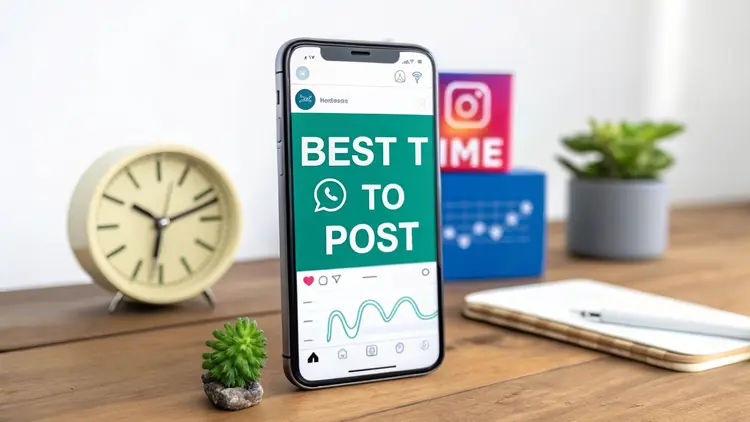
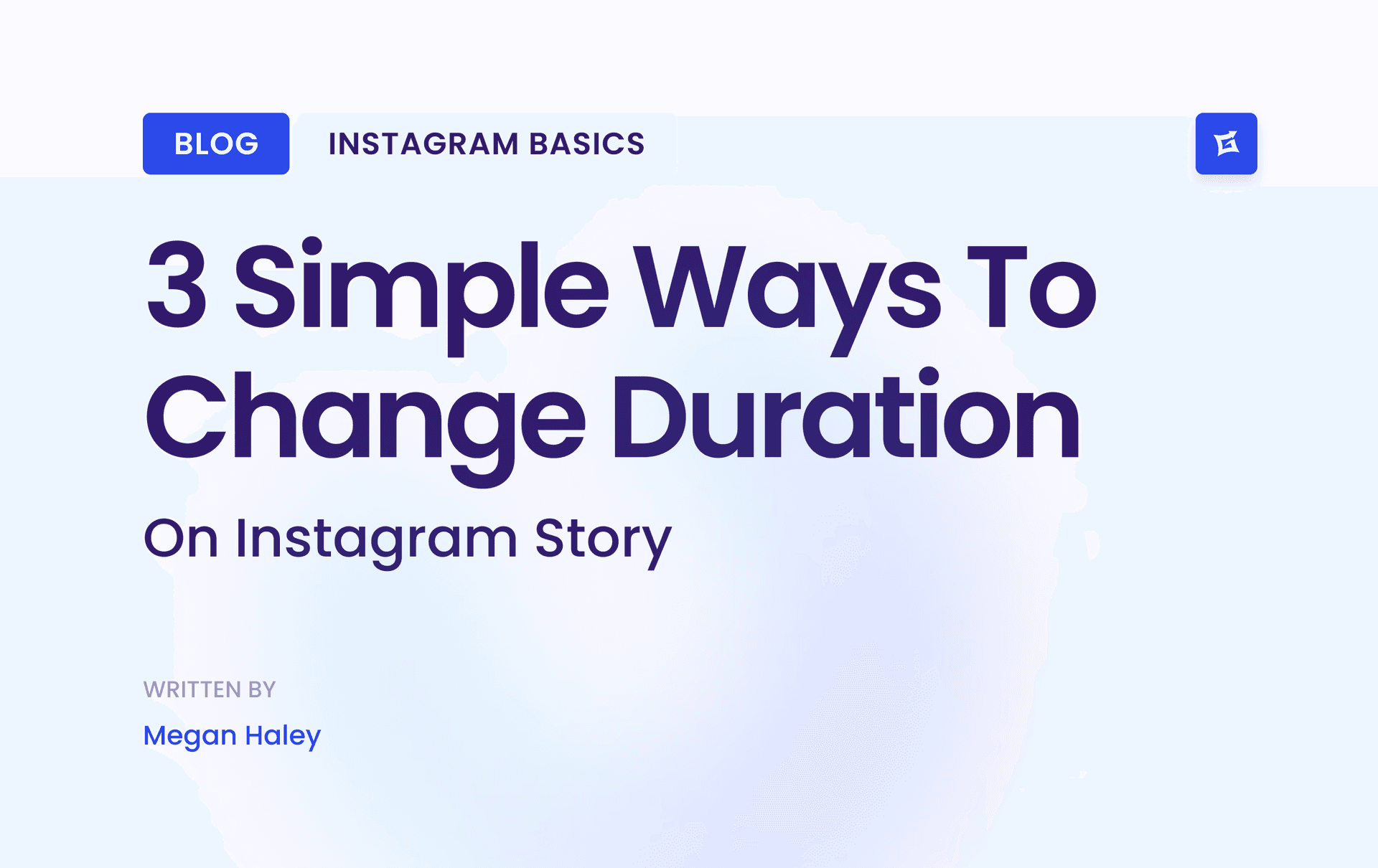
.png&w=1920&q=75&dpl=dpl_9XSWKBjhcBN6v6b1SN7m3p1WWjfr)
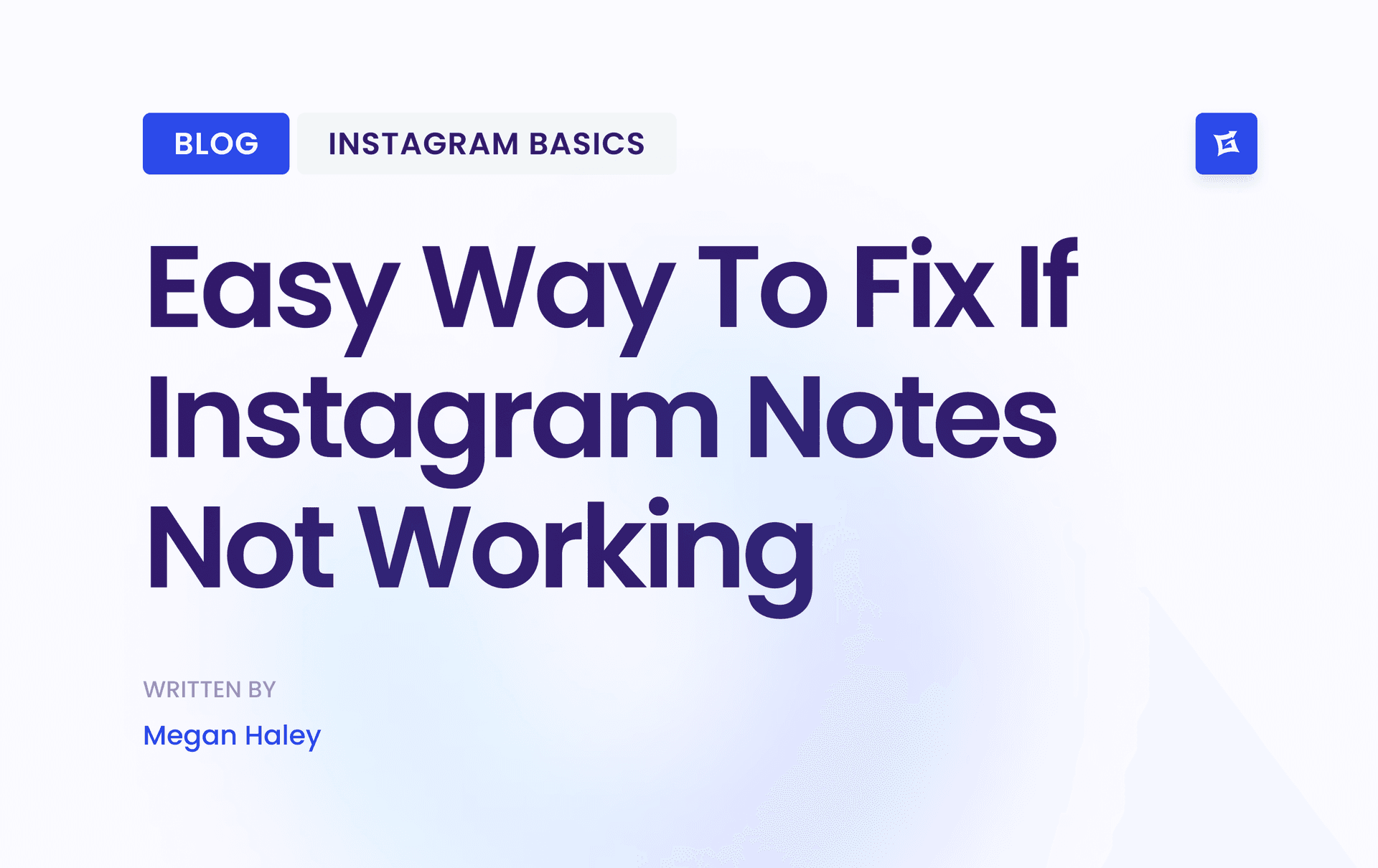
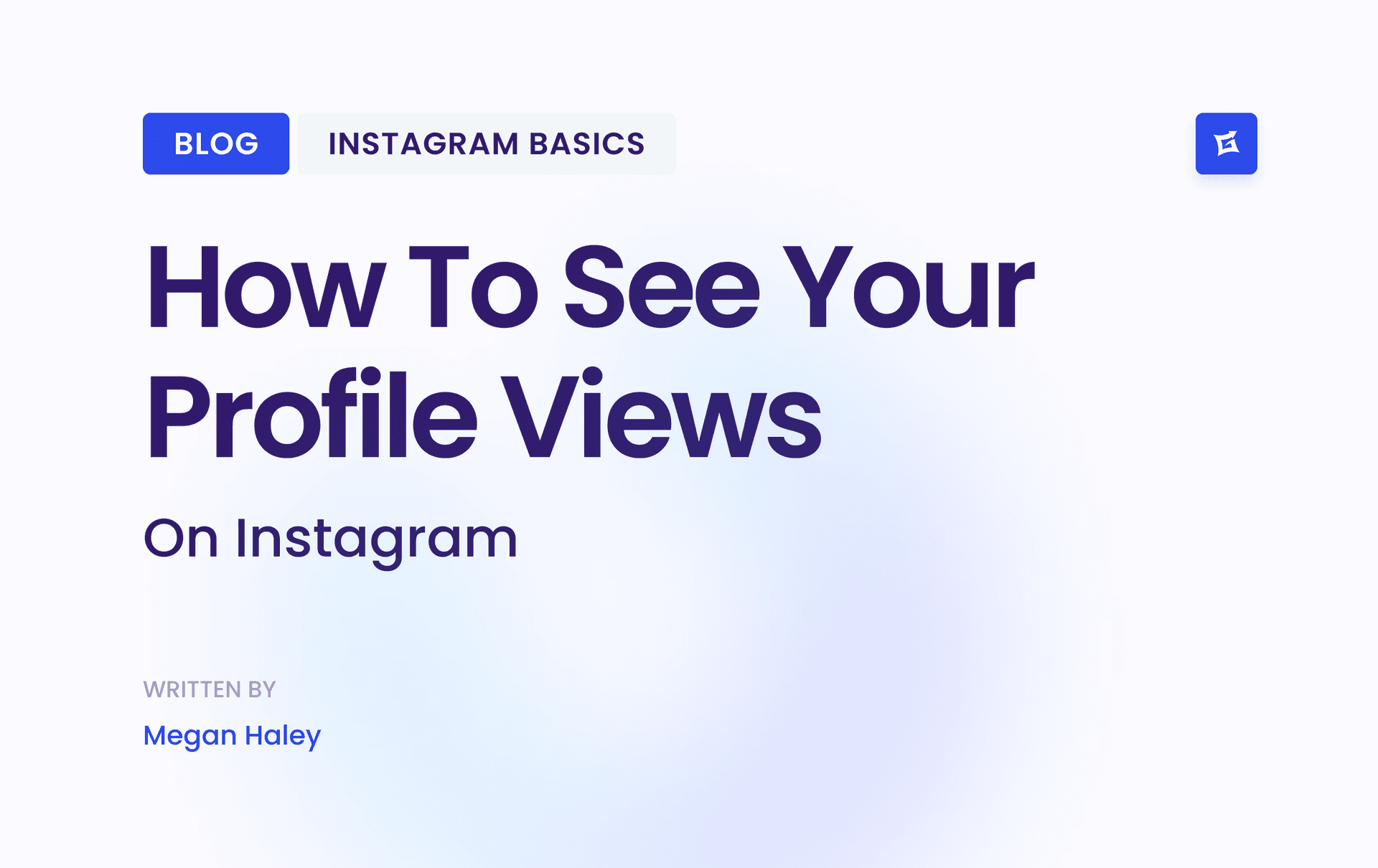
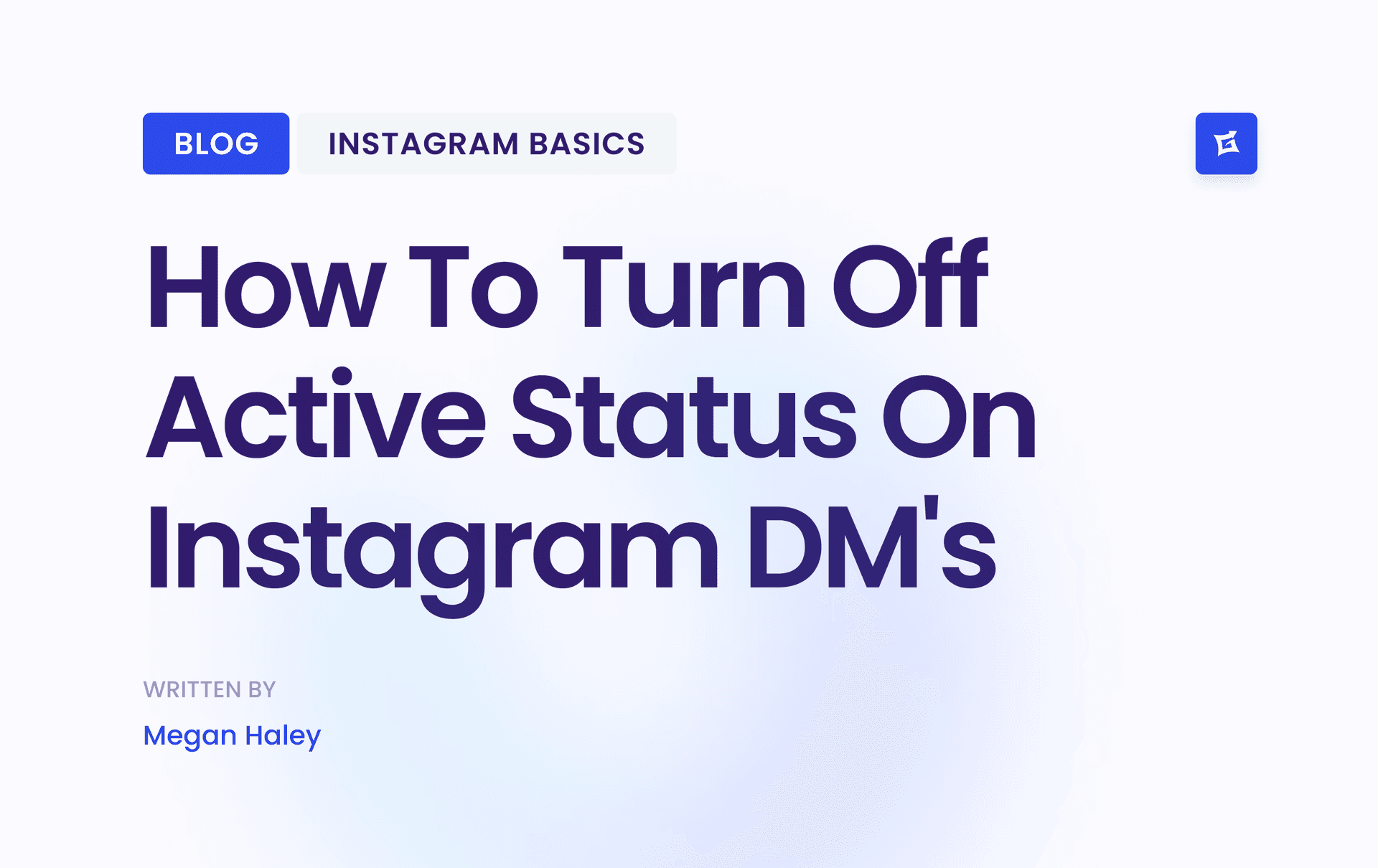
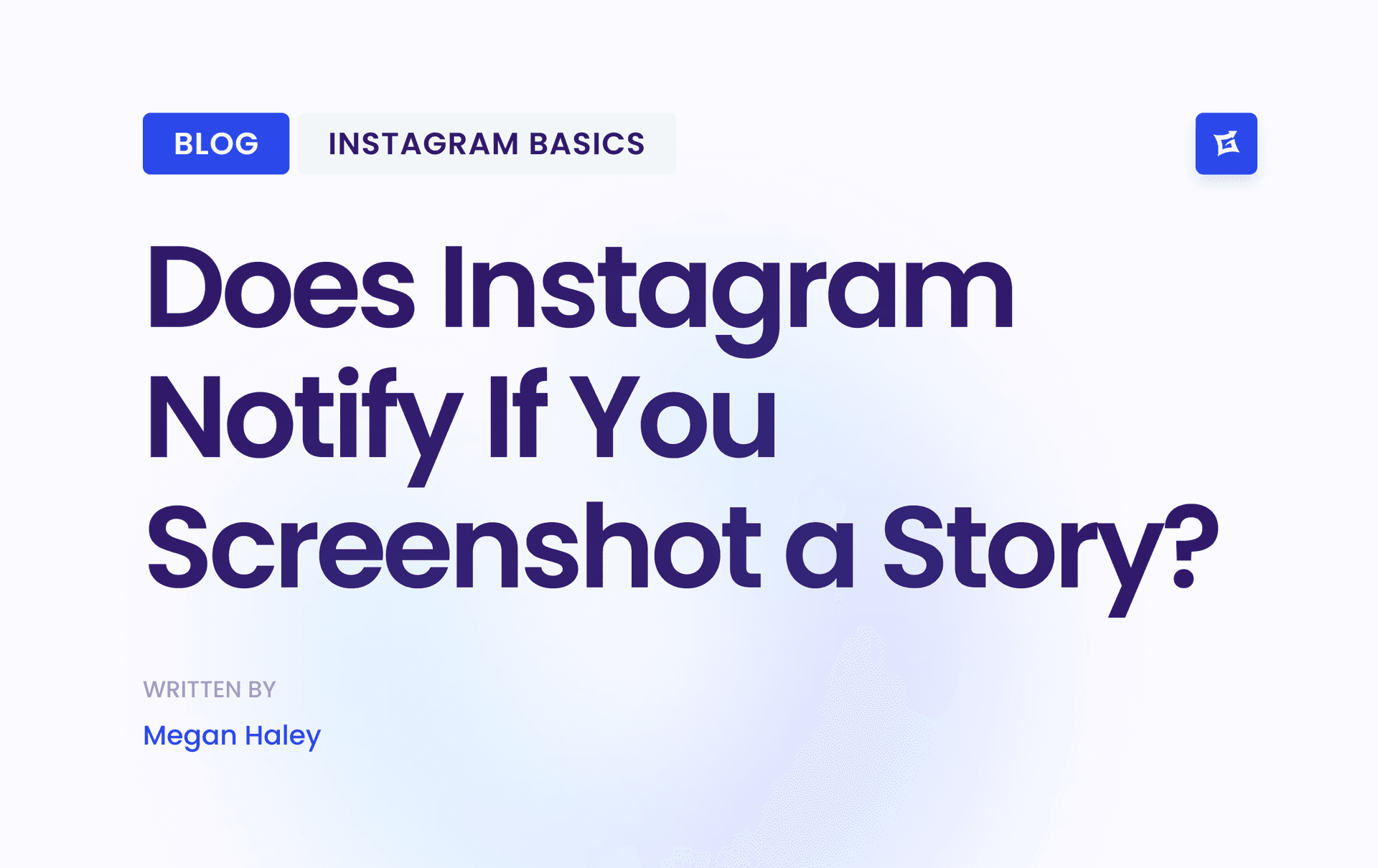


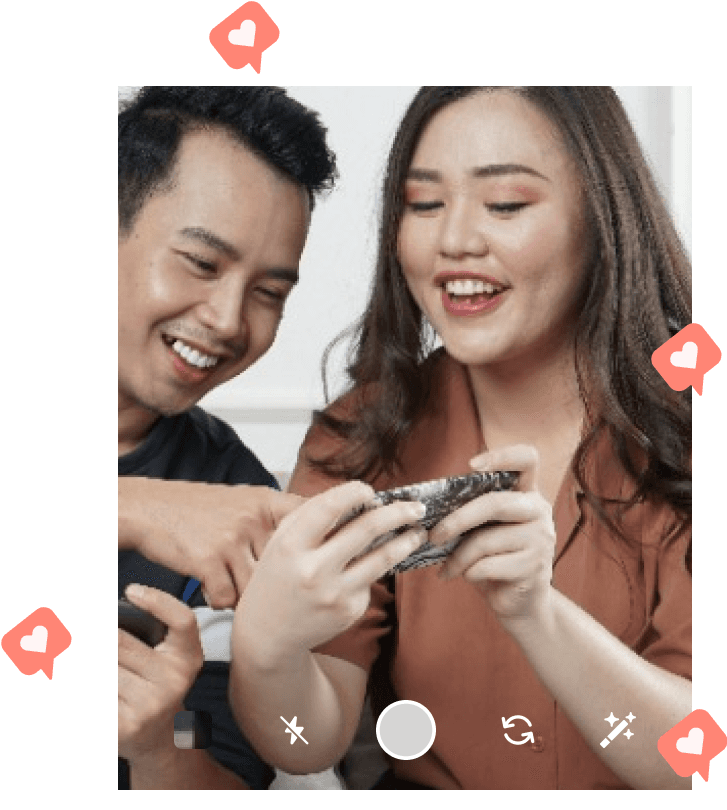
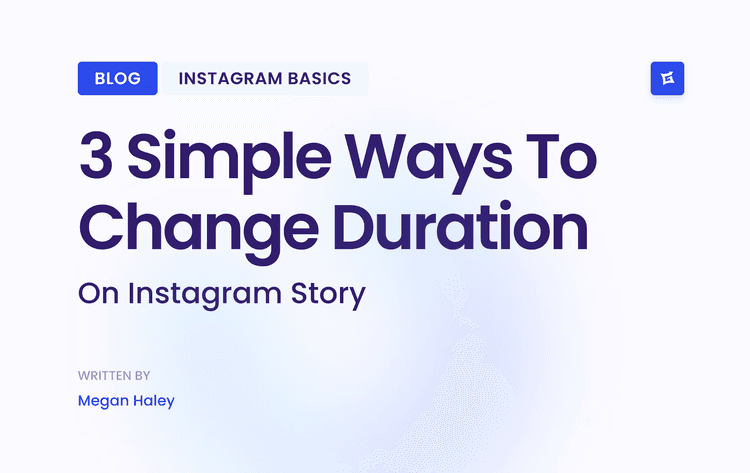
.png&w=750&q=75&dpl=dpl_9XSWKBjhcBN6v6b1SN7m3p1WWjfr)
